Growing Plants Indoors: Caring for Houseplants with Green Thumb Confidence
Growing plants indoors not only adds beauty and vitality to your living space but also provides numerous health and wellness benefits. With the right selection of plants, proper care, and attention to their needs, you can create a thriving indoor garden that enhances your indoor environment and lifts your spirits. Follow these expert tips for growing plants indoors and caring for houseplants with confidence:

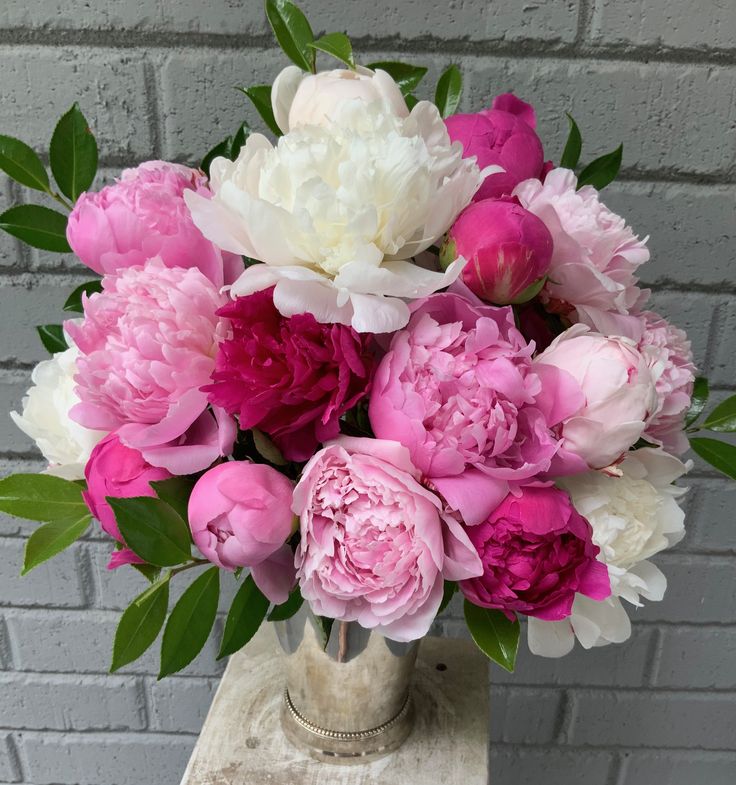

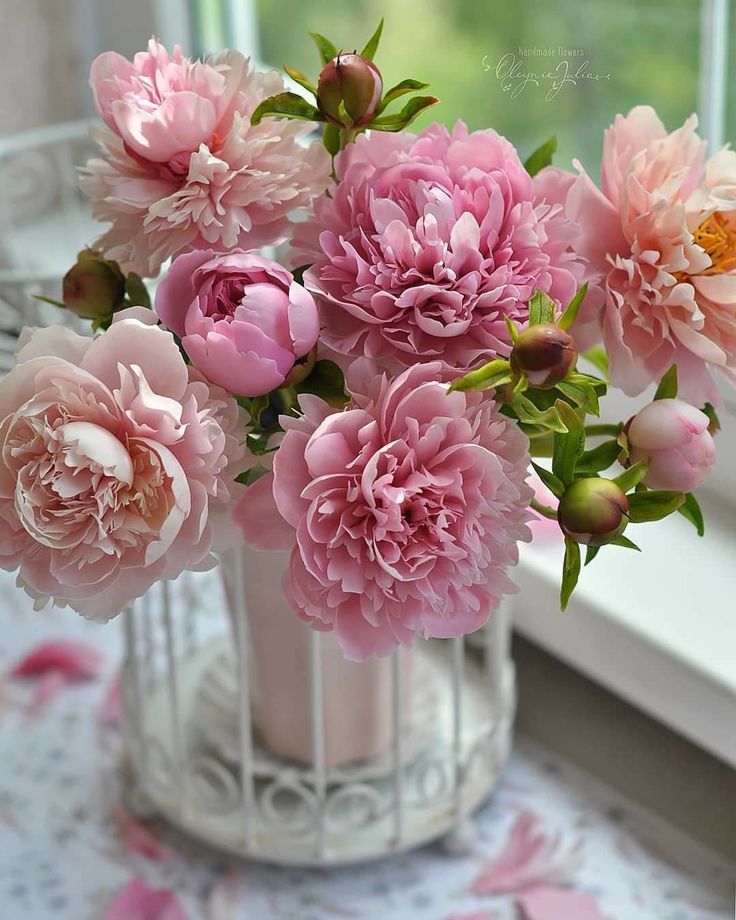
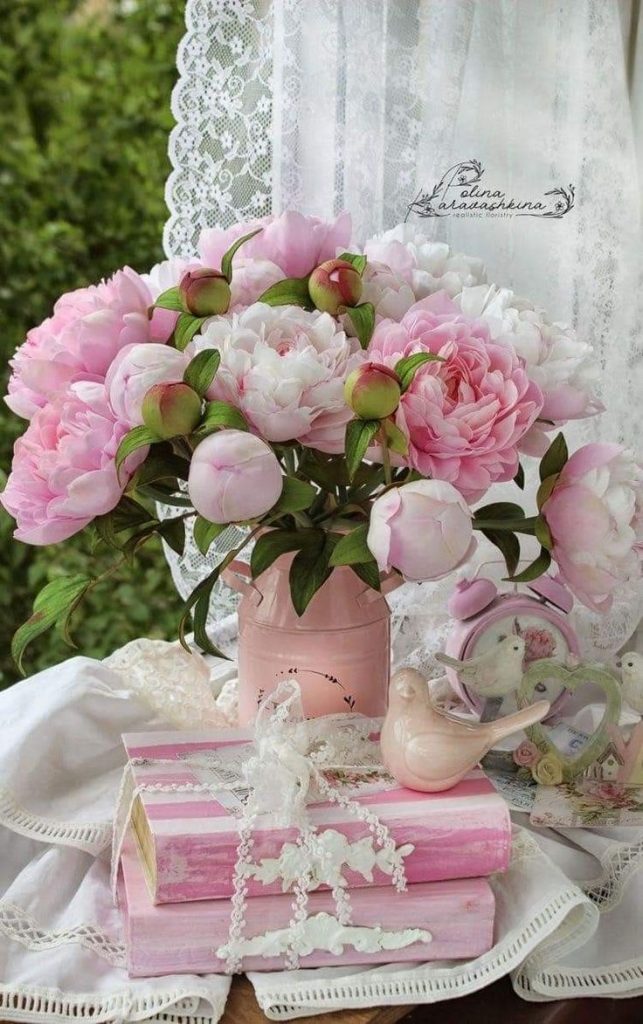

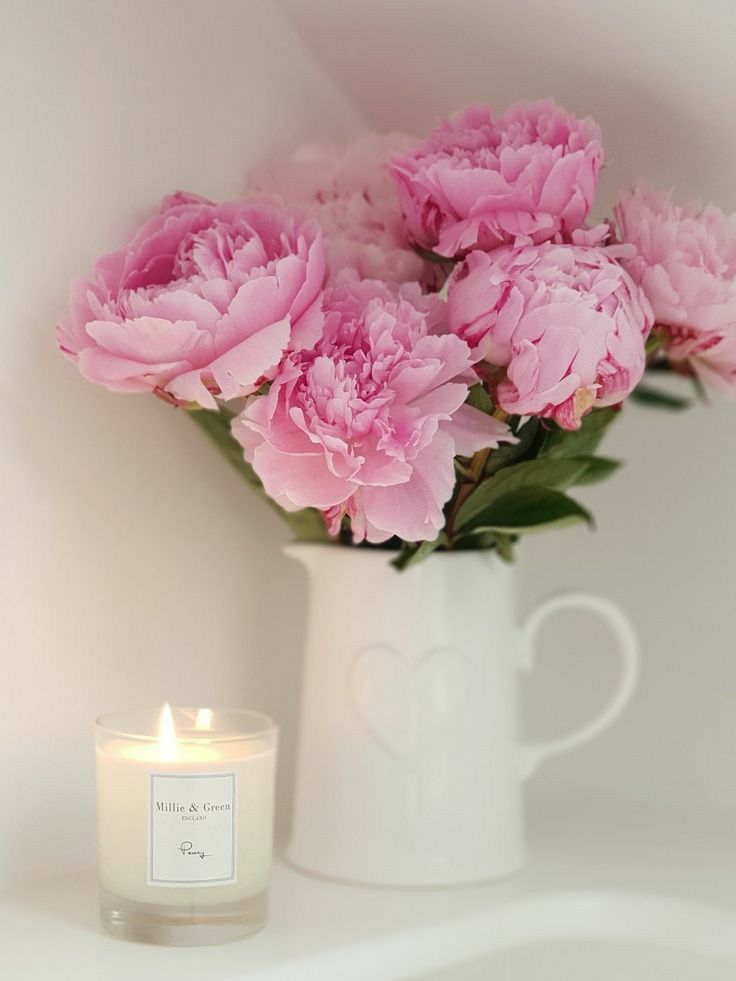
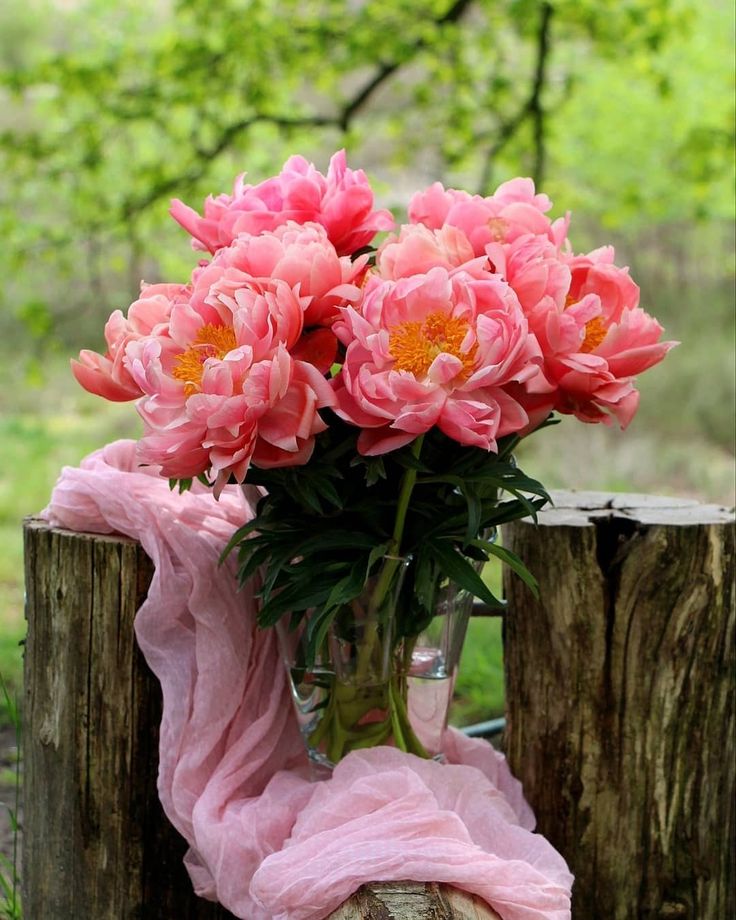
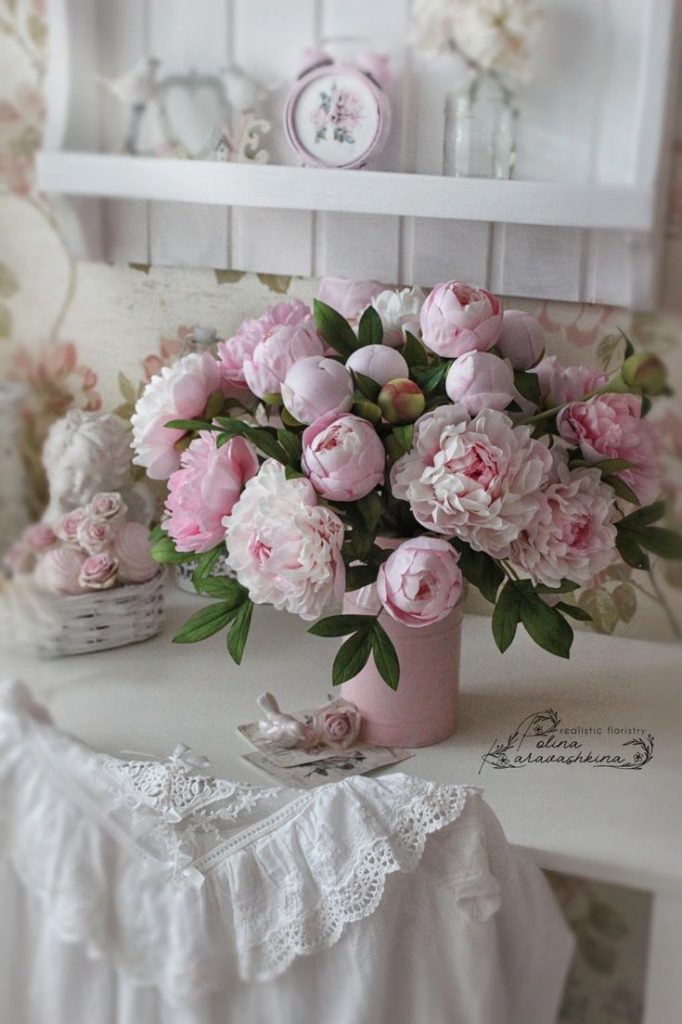
1. Choose the Right Plants
- Consider Light Conditions: Assess the natural light levels in your home and choose plants that match the available light. Select low-light plants like pothos, snake plants, and peace lilies for dimly lit rooms, and opt for bright, indirect light-loving plants such as spider plants, philodendrons, and ferns for well-lit areas.
- Match Care Requirements: Select plants with care requirements that align with your lifestyle and schedule. Choose low-maintenance plants like succulents, cacti, and ZZ plants for busy households, and indulge in high-maintenance beauties like orchids or fiddle leaf figs if you have more time to dedicate to plant care.
2. Provide Adequate Light
- Optimize Natural Light: Place plants near windows or in well-lit areas where they can receive ample natural light throughout the day. Rotate plants periodically to ensure even light exposure and prevent uneven growth.
- Supplemental Lighting: If natural light is limited, supplement with artificial grow lights to provide additional illumination for plants, especially during winter months or in dark interiors. Choose full-spectrum LED or fluorescent grow lights designed for indoor plants to support healthy growth and flowering.
3. Maintain Proper Watering
- Watering Frequency: Establish a regular watering schedule based on the moisture needs of each plant and environmental conditions. Check soil moisture regularly by inserting your finger into the soil or using a moisture meter, and water thoroughly when the top inch of soil feels dry to the touch.
- Watering Technique: Water plants thoroughly until water drains freely from the bottom of the pot, then allow excess water to drain away completely. Avoid overwatering, which can lead to root rot, and underwatering, which can cause stress and wilting in plants.
4. Provide Humidity and Temperature
- Humidity Levels: Increase humidity around plants by misting them regularly with water or placing a humidifier nearby, especially during dry winter months or in air-conditioned spaces. Grouping plants together can also help create a microclimate of higher humidity.
- Temperature Range: Maintain indoor temperatures within the preferred range for your plants, typically between 60-75°F (15-24°C) during the day and slightly cooler at night. Avoid placing plants near drafty windows, heaters, or air vents, which can cause temperature fluctuations and stress plants.
5. Fertilize and Prune Regularly
- Fertilizing Schedule: Feed indoor plants with a balanced liquid fertilizer or slow-release granular fertilizer diluted to half strength during the growing season (spring and summer) to provide essential nutrients for healthy growth and flowering. Reduce fertilization frequency during the dormant season (fall and winter).
- Pruning and Grooming: Prune dead or yellowing leaves, spent flowers, and leggy growth regularly to promote healthy new growth and maintain an attractive appearance. Use clean, sharp scissors or pruning shears to make clean cuts and prevent the spread of disease.
6. Monitor for Pests and Diseases
- Pest Inspection: Monitor plants regularly for signs of pests such as aphids, mealybugs, spider mites, or scale insects. Inspect both the foliage and soil surface for pests, and treat infestations promptly with natural pest control methods such as insecticidal soap, neem oil, or rubbing alcohol.
- Disease Prevention: Watch for symptoms of fungal diseases such as powdery mildew, root rot, or leaf spot, and take preventive measures such as improving air circulation, avoiding overwatering, and practicing good sanitation to minimize disease spread.
Conclusion
Growing plants indoors and caring for houseplants is a rewarding and fulfilling hobby that brings nature and greenery into your home. By choosing the right plants for your space, providing adequate light, water, humidity, and temperature, fertilizing and pruning regularly, and monitoring for pests and diseases, you can create a thriving indoor garden that enhances your living environment and nurtures your well-being. Embrace the joy of indoor gardening, and cultivate a lush and vibrant oasis of greenery inside your home.
FAQs (Frequently Asked Questions)
- How often should I repot my houseplants?
- Repot houseplants when they outgrow their current containers or become root-bound, typically every 1-2 years. Choose a slightly larger pot with good drainage and fresh potting mix to provide room for root growth and promote healthy development.
- What are some low-maintenance houseplants for beginners?
- Low-maintenance houseplants suitable for beginners include pothos, snake plants, spider plants, ZZ plants, peace lilies, philodendrons, succulents, and cacti. These plants are resilient, adaptable to varying light and water conditions, and forgiving of occasional neglect.